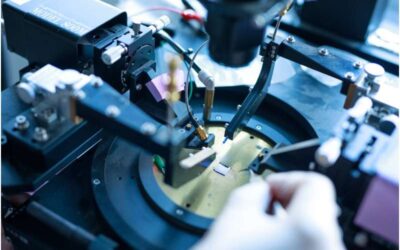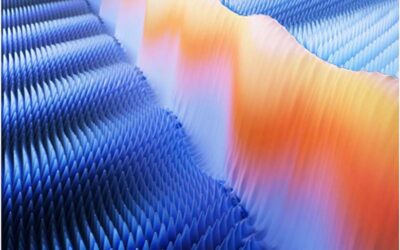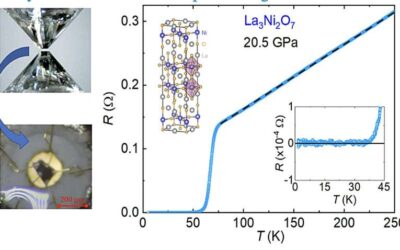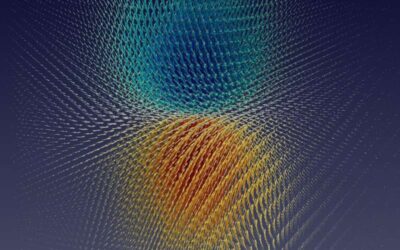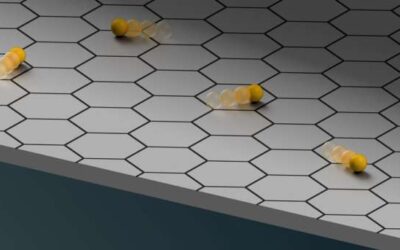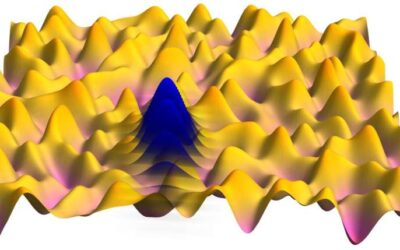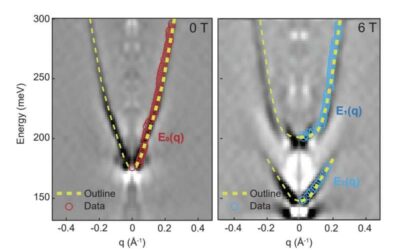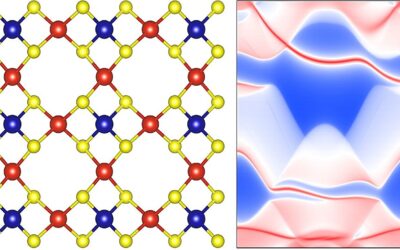Electrons inherently carry both spin and orbital angular momentum (i.e., properties that help to understand the rotating motions and behavior of particles). While some physicists and engineers have been trying to leverage the spin angular momentum of electrons to...
Condensed Matter
Visualizing the boundary modes of the charge density wave in a topological material
Charge density waves are quantum phenomena occurring in some materials, which involve a static modulation of conduction electrons and the periodic distortion of the lattice. These waves have been observed in numerous condensed matter materials, including...
A high-temperature superconductor with zero resistance that exhibits strange metal behavior
Researchers at Zhejiang University and Sun Yat-Sen University have gathered evidence of high-temperature superconductivity with zero resistance and strange metal behavior in a material identified in their previous studies.
A method to reversibly control Casimir forces using external magnetic fields
The so-called Casimir force or Casimir effect is a quantum mechanical phenomenon resulting from fluctuations in the electromagnetic field between two conducting or dielectric surfaces that are a short distance apart. Studies have shown that this force can be either be...
Exploring the origin of polaron formation in halide perovskites
Halide perovskites are a class of materials with an underlying structure resembling that of mineral perovskites, but with X sites occupied by halide ions, while their A and B sites are occupied by cations. These materials have various advantageous properties that make...
Researchers observe quantum critical Bose gas of magnons in quasi-2D antiferromagnet
Three-dimensional (3D) antiferromagnets are materials in which magnetic moments of atoms or ions are arranged in a 3D lattice structure with neighboring spins aligned in opposite directions. Physicists have observed a fascinating magnetic field–induced phase...
Study uncovers a quantum acoustical Drude peak shift in strange metals
Researchers at Harvard University, Sabanci University, and Peking University recently gathered findings that could shed light on the origin of the high-temperature absorption peaks observed in strange metals, a class of materials exhibiting unusual electronic...
The observation of a Spin Berry curvature-enhanced orbital Zeeman effect in a kagome metal
In solid materials, magnetism generally originates from the alignment of electron spins. For instance, in the ferromagnet iron, the overall net magnetization is prompted by the alignment of spins in the same direction.
Study sheds light on the origin of elasticity in glasses and gels
Glasses and gels are two different types of solid materials that are commonly used in a wide range of settings. Despite their markedly different compositions, these distinct materials share some similar properties, for instance, they exhibit rigidity without a...
Study unveils a new family of quantum anomalous Hall insulators
In recent years, physicists and material scientists have identified various new materials marked by interesting properties and quantum effects. These materials could prove highly valuable both as platforms to study quantum effects and for the development of new...

